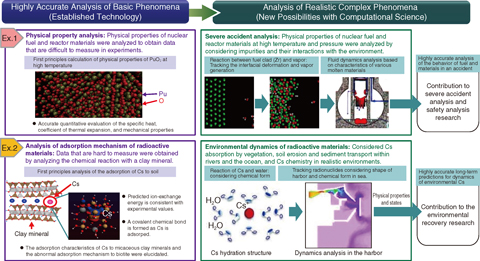
Fig.10-1 Activity with computational science and technology by CCSE
Computational simulation is indispensable for analyzing the complex problems created by the accident at the Fukushima Daiichi Nuclear Power Station of Tokyo Electric Power Company, Incorporated, such as environmental dynamics of radioactive materials, volume reduction of polluted soil, and severe accident analysis. For example, to understand the kinds and forms of radioactive materials released by severe accidents, simulating the total system, ranging from atom-scale behavior involving impurities in nuclear fuel to wide-area environmental dynamics, is necessary. Since such simulations require large amounts of memory and computing time due to their complexity, employing supercomputers is necessary. The simulation technology for analyzing complex phenomena is the common foundation of nuclear research and development as well as severe accident analysis.
At the Center for Computational Science & e-Systems (CCSE), we were developing the technology needed for highly accurate analysis of the physio-chemical phenomena that underlie the abovementioned complex phenomena and applying it to nuclear fuel and structure analysis. At present, we have expanded the established technology base by incorporating experimental results and observations and are tackling new problems related to the analysis of complex phenomena (Fig.10-1).
To understand why radioactive cesium (Cs) is adsorbed so strongly by clay minerals in soil, we solved a part of the adsorption mechanism by comparing the results of an atomistic simulation with those of observations and experiments (Chapter 1, Topic 1-7). This achievement through the use of computational science contributes to Fukushima reconstruction and revitalization. Other top research achievements include the following contents.
(1) Demonstration that hydrogen in low-temperature iron impedes the movement of defects (dislocations) related to the deformation of reactor materials (Topic 10-1).
(2) Systematic examination of the tolerance of a superconductor to its impurities using a supercomputer (Topic 10-2).
(3) Development of technology to improve numerical analysis by enabling interactive visualization between remote supercomputers and a local personal computer (Topic 10-3).
(4) Progress in technology to analyze the behavior of the total structure of a nuclear facility against earthquakes on the basis of the modeling of the many parts forming the facility and the joints between them (Topic 10-4).
CCSE continues to promote research and development of computational science and to domestically and internationally disseminate its results.